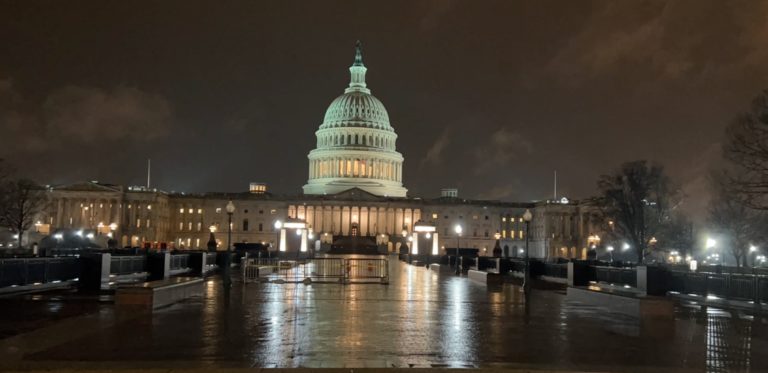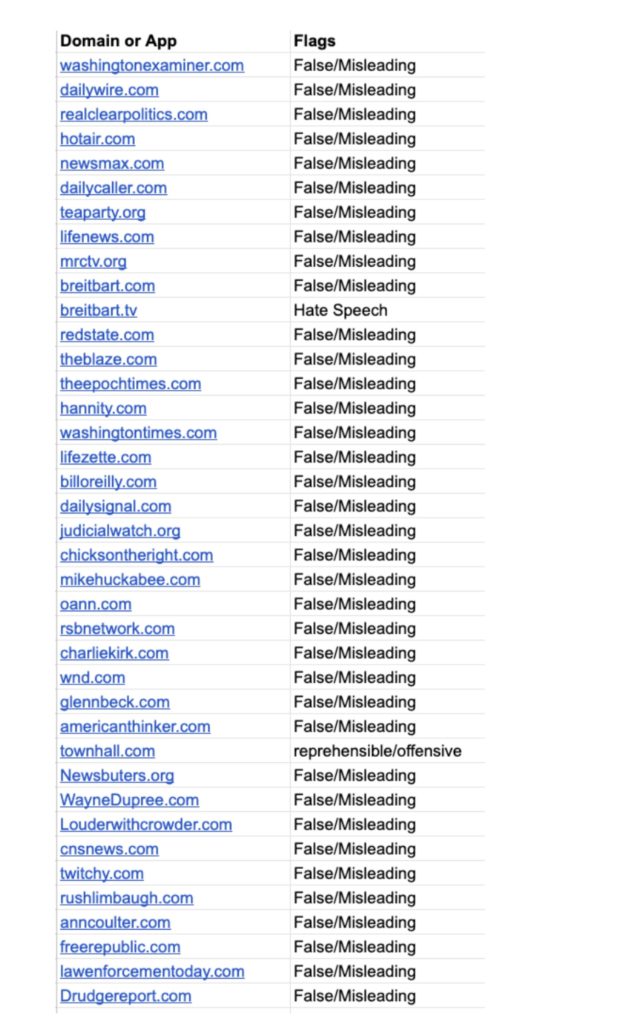During his State of the Union address, President Joe Biden showed that when it comes to taxes, he is playing a game of yards, because companies, in his view, simply make too much money. He’s moving the ball down the field, slowly but surely.
In his “Finish the Job” speech, Biden ran right up the middle of investments set aside by workers who for decades thought they had made wise decisions on their own retirement plans.
Biden, by threatening to add even more corporate taxes, could harm the investments of tens of millions of Baby Boomers, Gen-Xers, Millennials, and Gen-Zers.
Of course, the president promised that Americans making less than $400,000 will not have to pay a penny more in taxes under his plan. But this is a head fake. A tax on corporate profit is a tax on retirement income.
The federal treasury has already collected $1.03 trillion in fiscal year 2023 from individual and corporate income taxes. But it’s never enough. The U.S. government has spent $1.45 trillion in fiscal year 2023, which is $17 billion more than the year before, give or take a few hundred million.
Of the corporations whose money he yearns for, Biden said, “they used those record profits to buy back their own stock, rewarding their CEOs and shareholders. Corporations ought to do the right thing. That’s why I propose that we quadruple the tax on corporate stock buybacks to encourage long-term investments instead.”
The right thing? The right thing is maximizing profits to shareholders, who Biden singled out for criticism, as if there is something immoral about being a shareholder.
Who gets those profits that Biden says are too much? Your grandmother. Your mom and dad. Bus drivers, pilots, engineers, nurses, and machinists. Those dividends go to all of us who were told back in the 1970s that, since pensions were not sustainable, and since Social Security can’t guarantee us anything but an impoverished old age, we needed to start building these new-fangled investment instruments created by the government, we needed to invest in America, and we were encouraged to turn straw into gold during our working years.
Corporations are owned by shareholders, big and small. Take Exxon, for example: Nearly 34% of the company is owned by mutual funds, 26% by other institutional funds, and less than 1% by individual stakeholders.
Corporate profits go into earnings account, and a company’s board of directors makes the decisions about how to distribute those profits to shareholders, which are made up by pension plans, 401Ks, individual retirement accounts, and other financial vehicles. Exxon and other profitable energy companies that Biden has declared war on, pump billions of dollars into pension plans and retirement accounts every year.
The plans Americans are invested in are taxed based on complicated calculations that change over time and depending on a person’s wealth profile. For most Americans, distributions are taxed as ordinary income, and so they may pay the average of 28.4% on that income. The federal government is, without question, skimming its share through taxing this retirement income as it reaches its final destination – your bank account.
In a stock buyback, a corporation can buy its own shares, which may or may not boost the price of the shares still outstanding. This idea that it drives up the stock price is a theory that is much debated. Until Biden signed the Inflation Reduction Act, those stock buybacks were not taxable until investors sold the appreciated shares. Retirement accounts benefited, as their account values grew, and America as a whole benefited from having people with disposable income in their later years.
Then, with the stroke of his pen, Biden signed the Inflation Reduction Act that makes corporations making more than $1 billion a year pay a minimum tax rate of 15% plus a 1% excise tax on stock buybacks, effective as of Jan. 1, 2023. Biden brought the U.S. in-line with the Global Tax Agreement signed onto by countries to stop companies like Apple from setting up their headquarters in tax havens.
This was only Biden’s starting offer. Now he intends to quadruple the stock buyback tax. What will Biden go for next? Whatever it is, he is desperately looking for more cash to pay for the massive government expansion he has planned. It’s a game of yards, and retirement accounts are going to be collateral damage in Biden’s “Finish the Job” initiative.
Of course, there’s some kabuki theater in the corporate tax enacted under the Inflation Reduction Act. Most U.S. corporations already pay more than 15%. Those that don’t will figure out creative ways to adjust their earnings downward.
Taxation changes corporate behavior, but rarely in the way that government intends. The devil is going to be in the details, and tax details seem to get more complicated with every tax law passed.
With stock buyback taxes, we can expect a behavior change as corporations move to dividends, which could transfer the individual income tax base from capital gains to dividends, according to the Tax Foundation. That could mean a tax between zero and 20%, depending on a person’s taxable income and other factors. For most, the taxes on non-qualified dividends is the same as the usual income tax bracket.
This corporate tax increase proposal is one Biden blunder that would definitely “Finish the Job” on the workers of America because this is a trickle-down tax if there ever was one. Retirees will take the hit.
Suzanne Downing is publisher of Must Read Alaska.










